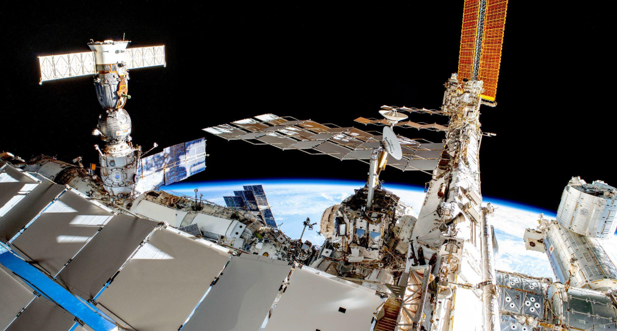
Satellites orbiting the Earth have become commonplace, but this technology works so well because an unprecedented amount of human effort backs it. But how do satellites work? First, any spacecraft gets onto a rocket. This rocket carries it away from our planet as it goes up in the atmosphere. As soon as it reaches the required height, sideway rocket boosters apply the right strength and send the satellite into our planet’s orbit. For any launch to work, everything must happen at a specific speed.
Our planet’s centripetal gravity pull is strong, so a satellite can’t be thrown out slowly because it will fall back on the planet. If, however, a spacecraft is launched too fast, it will escape our planet’s orbit, as Earth’s gravitational pull will not be enough to provide the required centripetal force. The correct launch speed ensures any spacecraft works and stays in its correct orbit. It is very important that the satellite’s horizontal speed is set properly. But, assuming the launch was successful, what happens next?
How do satellites and orbits work?
For satellites to keep orbiting our planets at a necessary altitude, they must overcome the Earth’s gravitational air resistance. There’s also the velocity at which spacecraft escapes the Earth’s pull, aka escape velocity. After it escapes Earth’s atmosphere, any launched spacecraft must remain in orbit to work properly while the Earth’s gravity is constantly pulling down. This means that any spacecraft must also maintain a carefully calculated orbiting speed to stay in its right place.
However, calculating the correct launch and orbiting speed is not the biggest challenge when it comes to spacecraft launches. Even though today’s space tech is becoming ever smaller and more affordable, building it is not yet a cheap task. However, we keep launching SmallSats because they help with plenty of routine tasks back on Earth, playing their part in how we navigate, communicate, or react to natural disasters. So, a truly important question is — how do satellites work in space, and how do satellites work in communication?
How does satellite communication work?
According to Orbital Today, over 5,000 satellites in our planet’s orbit are communication satellites. This shouldn’t surprise you. Communication satellites work for the Internet, TVs, or mobile phone. In other words, they work to ensure our access to all communication services.
Communication satellites work with radio equipment that receives signals from radio stations on the ground. Ground radio stations can be located 15 thousand km from one another to this tech to work. They amplify spacecraft signals and retransmit them to other radio stations on the ground. The coverage area of a communication spacecraft is the area in which satellite signals are received from given satellites. The easiest way to understand how a communications spacecraft work is to imagine a standard TV dish receiving signals from a TV station (ground amplifier), while actual signals are coming from space.
How do Earth observation satellites work?
Observation satellites work using sensors that detect light we can’t see. The electromagnetic energy then reflects off our planet’s surface and up to a spacecraft sensor. This sensor collects information and records that energy’s data. Then, all information is transmitted to a station that receives this data and processes it into an image. NASA observation satellites help us study space and Earth. This spacecraft can observe and analyze data about ice, clouds, land, and oceans.
More importantly, they measure our planet’s atmospheric gases and emissions, such as carbon dioxide, and ozone, as well as any energy that our planet is absorbing and emitting. Besides, many observation satellites work specifically to observe the Earth’s surface. Such spacecraft can also work for spying, conducting military operations, and weather forecasting. Some of them are used for mapping and taking images of the Earth. Signals from these satellites are sent through radio waves. Their antennas then capture the signals to process information coming from signals.
How do the Starlink satellites work?
Starlink Internet constellation should provide access to remote corners of the world where fibre connectivity is impossible or excessively expensive. So, Starlink satellite how does it work? This constellation should place thousands of small satellites in low Earth orbit (LEO), 550 km above our planet. From this altitude, the constellation sends internet signals to transceivers located on the ground. Similar to our example with satellite dish, every Starling user will need a personal terminal to receive those signals. Fortunately, it will not be a huge dish but a small compact box. Right now, SpaceX internet is already available in the US, Europe, and Southern Australia, and is gradually increasing its worldwide coverage. Once that happens, more people will get to see for themselves how well it works in practice. So far, public response to Starlink was at least enthusiastic.
Of course, this is only the beginning of satellite internet, and soon enough, we will see more constellation work for our benefit. But even without Internet constellations, spacecraft already plays a huge part in our daily lives, and our reliance on space technology should only keep increasing.








